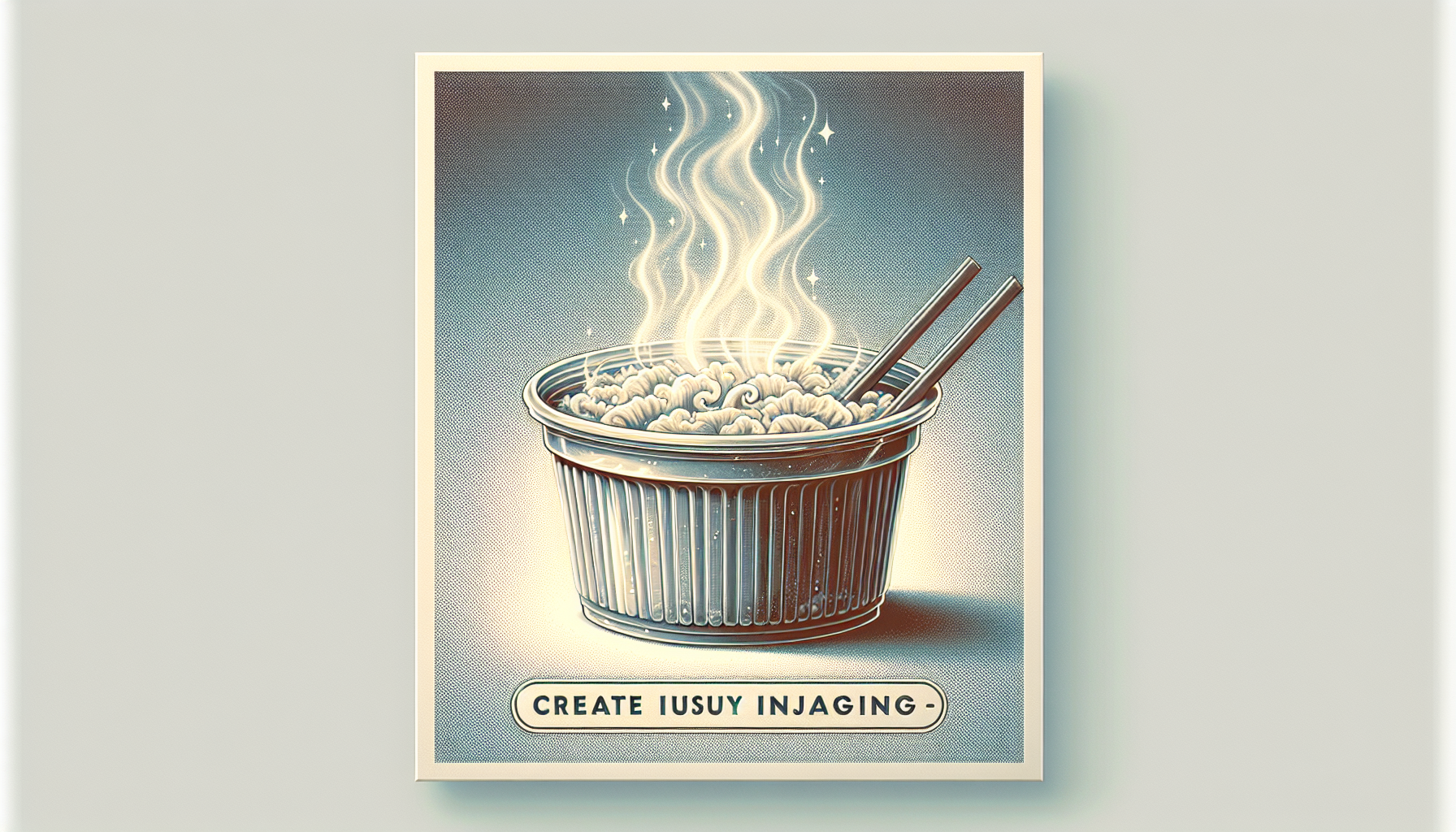You’re about to uncover the truth about using PET plastic for hot food. We all love our takeout meals or reheating leftovers in the microwave, but have you ever wondered if that trusty plastic container is safe? Join us as we unravel the mystery surrounding PET plastic’s compatibility with hot food and discover whether it truly stands up to the heat. Prepare to satisfy your curiosity and make informed choices for your next piping hot meal in a PET plastic container.
Is PET Plastic Safe For Hot Food?
The Composition of PET Plastic
PET plastic, also known as polyethylene terephthalate, is a widely used material in the packaging industry due to its affordability, versatility, and transparency. It is commonly found in various products, including soda bottles, food containers, and packaging materials. PET plastic is composed of chains of polymers that are cross-linked together, creating a durable and strong material. However, when it comes to using PET plastic for hot food, concerns about its safety arise.
The Use of PET Plastic in Food Packaging
PET plastic is a popular choice for food packaging due to its excellent barrier properties, which help protect the food from moisture, gases, and microorganisms. It is also lightweight, making it easy to transport and handle. Additionally, PET plastic is recyclable, which contributes to its appeal from an environmental standpoint. However, when it comes to using PET plastic for hot food, it is essential to consider its temperature resistance.
The Temperature Resistance of PET Plastic
PET plastic is generally considered safe for use with cold or room temperature food and beverages. It can withstand temperatures up to 100 degrees Celsius (212 degrees Fahrenheit) without losing its structural integrity or releasing harmful chemicals. However, when PET plastic is exposed to high temperatures, it may begin to degrade and release potentially harmful substances.
Potential Risks of Using PET Plastic for Hot Food
When PET plastic is heated, such as when hot food is in direct contact with it, there is a risk of chemicals leaching into the food. Some of the substances that may be released include antimony, acetaldehyde, and phthalates. These chemicals have been linked to various health issues, including hormone disruption, reproductive problems, and even cancer. Therefore, it is important to consider the potential risks before using PET plastic for hot food.
Migration of Chemicals from PET Plastic
The migration of chemicals occurs when substances in the plastic transfer into the food or beverage that comes into contact with it. This process can be influenced by factors such as temperature, acidity, and the duration of contact. Studies have shown that heating PET plastic can increase the rate of chemical migration, leading to a higher concentration of potentially harmful substances in the food.
Bisphenol A (BPA) and Its Alternatives in PET Plastic
One particular concern associated with plastic packaging is the use of bisphenol A (BPA) and its alternatives. BPA is a chemical compound commonly found in polycarbonate plastics and epoxy resins. It has been linked to various health issues, leading to its ban in the production of baby bottles and sippy cups in many countries. While PET plastic does not contain BPA, it may still contain alternative chemicals that have similar properties and potential health risks.
Health Concerns Related to Hot Food and Plastic Packaging
The use of plastic packaging for hot food has raised concerns regarding the potential ingestion of harmful chemicals. Studies have indicated that certain chemicals, such as antimony and acetaldehyde, can be released from PET plastic when exposed to high temperatures. These chemicals have been associated with adverse health effects, including respiratory issues, gastrointestinal problems, and organ damage. Therefore, it is crucial to weigh the potential health risks before using PET plastic for hot food.
Safe Alternatives to PET Plastic for Hot Food
If you are concerned about the potential risks associated with PET plastic for hot food, there are safe alternatives available. One option is to use glass containers, which are inert and do not release any harmful chemicals when exposed to heat. Another alternative is stainless steel containers, which are durable, non-reactive, and lightweight. These materials provide a safer option for storing and reheating hot food, minimizing the risk of chemical exposure.
Tips for Safely Using PET Plastic for Hot Food
If you choose to use PET plastic for hot food, there are some precautions you can take to minimize the potential risks. Firstly, avoid microwaving or exposing PET plastic containers to high temperatures. Instead, transfer the hot food to a microwave-safe glass or ceramic dish. Secondly, do not reuse PET plastic containers that have been exposed to high temperatures, as they may have already released chemicals into the food. Lastly, always follow the manufacturer’s guidelines for the safe use and temperature limits of PET plastic containers.
Conclusion
While PET plastic is generally considered safe for use with cold or room temperature food and beverages, it is important to exercise caution when using it for hot food. The potential risks associated with the migration of chemicals from PET plastic into hot food highlight the need for safe alternatives, such as glass or stainless steel containers. By understanding the composition of PET plastic, the potential risks it poses, and adopting safe practices, you can make informed decisions about the packaging materials you use for hot food and prioritize your health and well-being.
